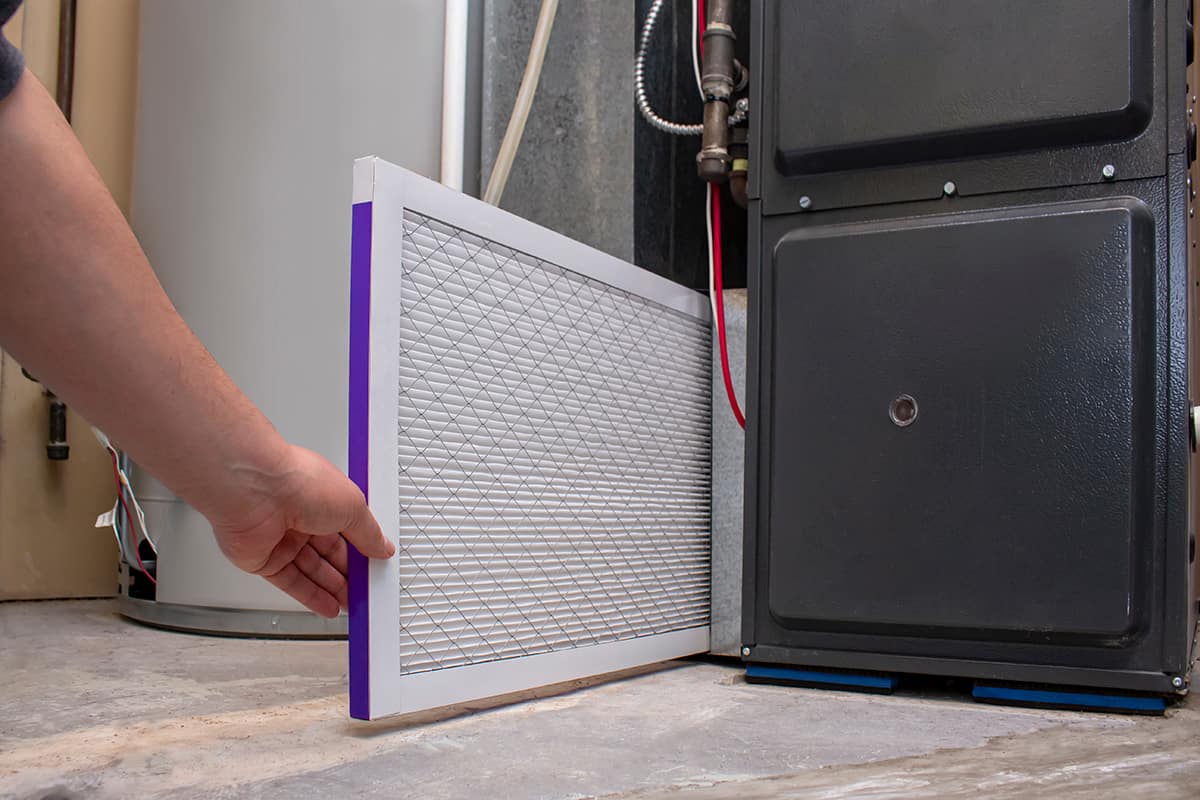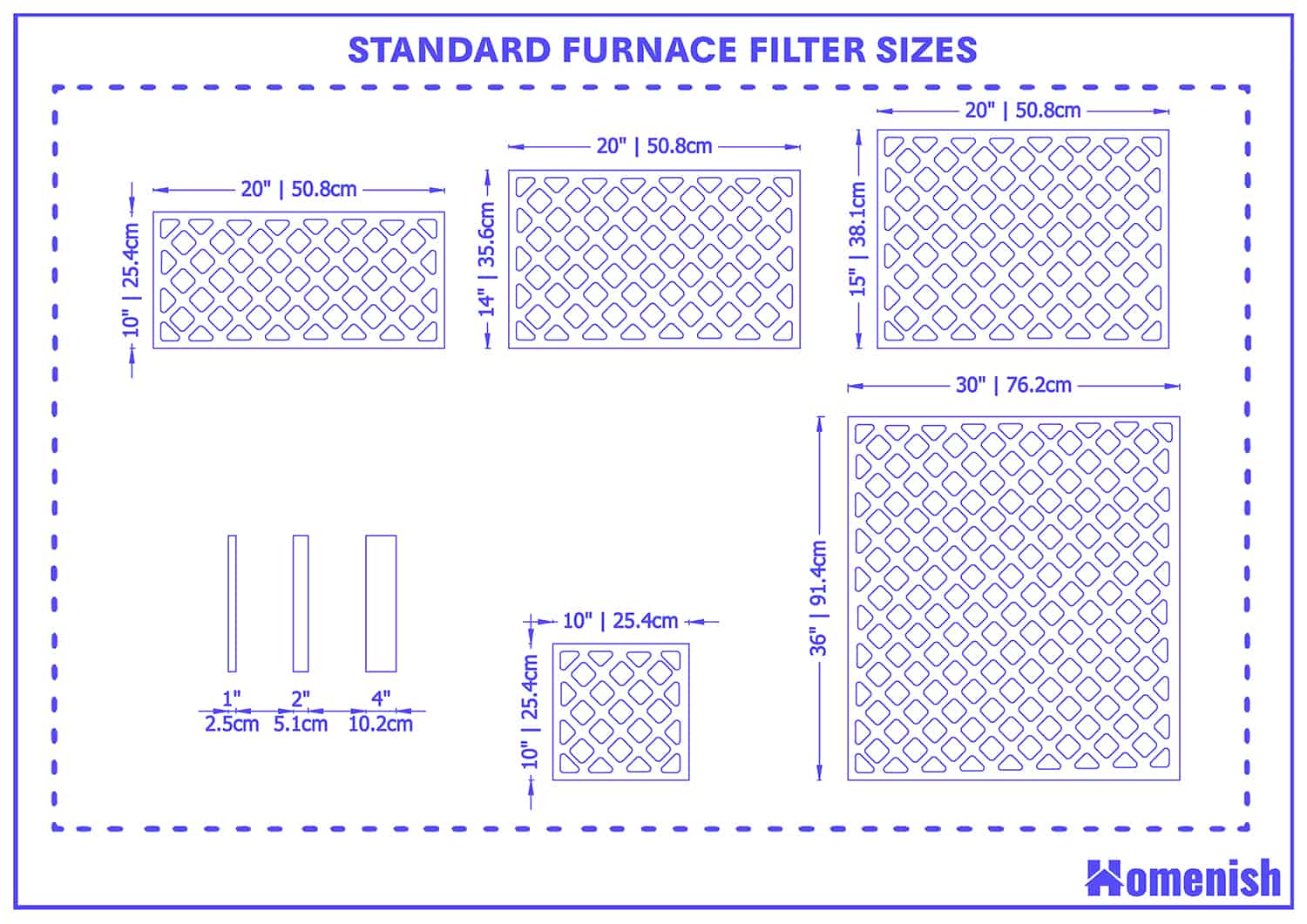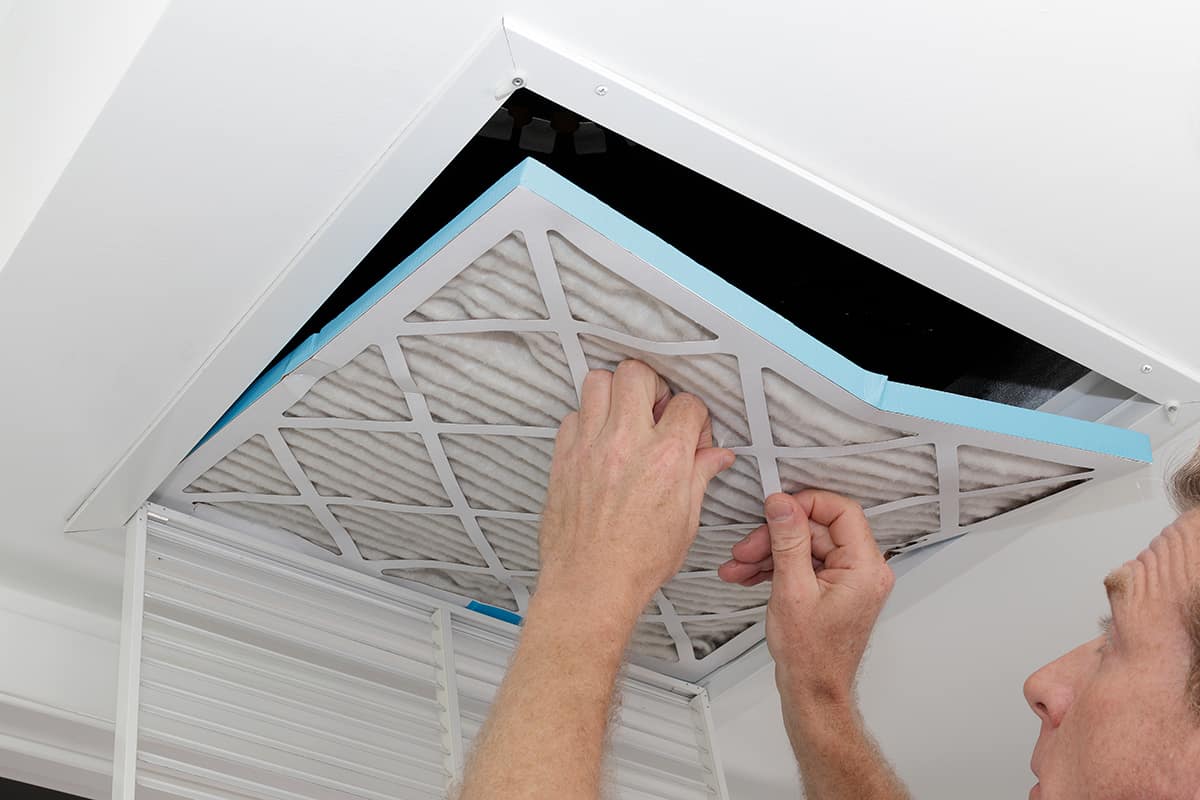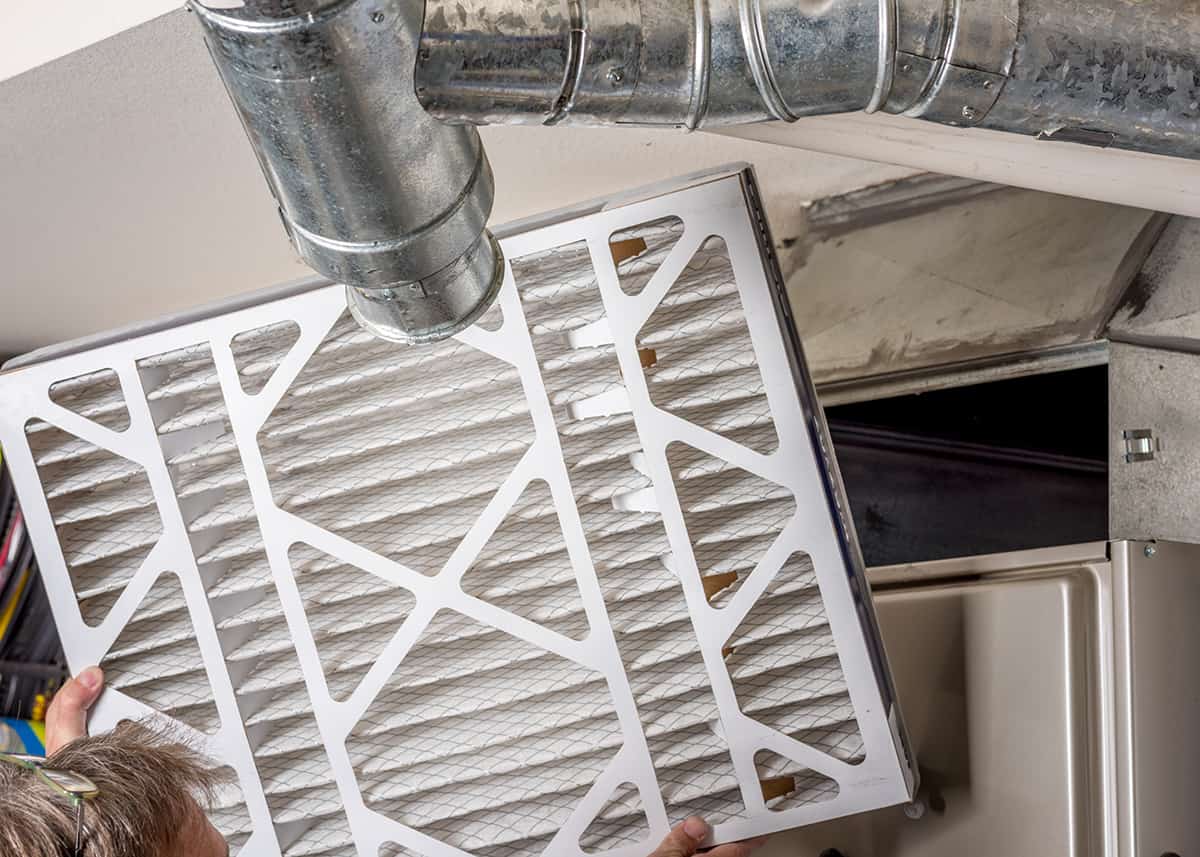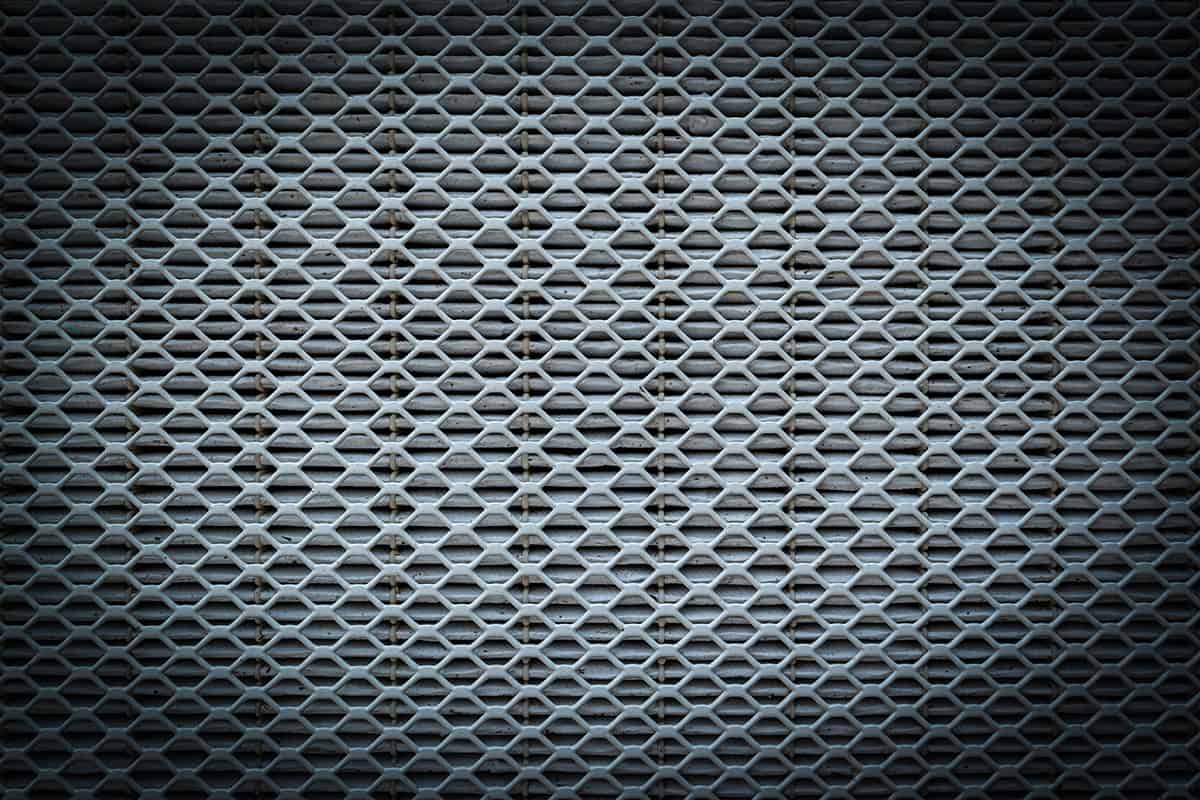A furnace filter is a very simple yet vital piece of equipment housed inside your furnace. It serves the purpose of filtering dirt and debris from the air so that these don’t get stuck inside the furnace and cause clogging issues.
The filter also removes even tiny particles of dust from the air so that the quality of the air you breathe inside your home is improved.
An air filter works by trapping any loose items in the air as it draws cool air in. This air is then heated by the furnace and blown back out into the home, and at this point in the cycle, the air is once again filtered so that the warm air is clean and healthy to breathe.
Filters need to be changed every 3 months in order to keep your air quality at its best, as they will get backed up with dust and dirt and will no longer be able to effectively filter the air. The types of debris you can expect to find in a used filter are primarily dust and pet hair. Find below the specific sizes for a furnace filter.
Sizes of Furnace Filter
Furnace filters come in a huge range of sizes, which are measured according to thickness or depth, length, and width.
The size of filter you need will be determined by the size of your furnace. The packaging of your furnace will detail which size filter you need, or if you no longer have that, you can simply use a tape measure to measure the size of your existing filter and buy one in the same size.
When it comes to the thickness or depth of a filter, the one-inch size is the most common, but they also come in depth measurements of 2 inches and 4 inches. The common width and length dimensions of furnace filters include 10 inches by 20 inches, 14 inches by 25 inches, and 15 inches by 25 inches.
The range of sizes available for furnace filters is seemingly never-ending, with dimensions starting at 10 inches by 10 inches on the smaller side and up to 30 inches by 36 inches on the larger side.
Types of Furnace Filter
There are several different types of furnace filters, and before you decide which size you need, you will need to select a type.
Disposable fiberglass
This is the most common and, unfortunately, almost the least effective type of furnace filter. Fiberglass filters are only able to catch large pieces of debris, so they don’t do a particularly great job of filtering.
They won’t improve the quality of the air in your home; however, they do a good job of keeping large pieces of debris out of the inner workings of the furnace.
Due to the fact that these types of filters are quite low in quality, they should be replaced more frequently than other types of filters, at a rate of around one new filter per month.
The reason that these types of furnace filters are so popular is probably down to the cost because they are significantly less expensive than all other types of air filters.
However, if you change your furnace filters as regularly as recommended, then the cost of replacing a disposable fiberglass filter every month could soon add up, and you may find it more economical to buy a higher quality furnace filter that will last longer.
If you suffer from asthma or allergies and get irritated by dust in the air, then avoid these types of furnace filters and opt for something which is more capable of trapping smaller particles from the air.
Disposable pleated paper
Disposable pleated furnace filters are usually made from paper, but they can also be made with polyester. This is another type of filter that should be changed more frequently, typically on a monthly basis; however, it is more effective at filtering smaller particles compared with the disposable fiberglass option.
Pleated paper furnace filters will remove dust mites and mold spores from the air, along with larger bits of debris such as pet hair, so they are a reasonably good option for improving air quality. These are a popular choice since they are affordable and made from environmentally friendly materials.
Disposable electrostatic
This is the most expensive type of disposable furnace filter, but it is still reasonably affordable, especially if you need it in a standard size. These filters work by trapping small particles in the electrostatic cotton or paper fibers.
They are self-charging and are ideal for homes where people with allergies or asthma live since they do a great job of filtering the air and improving its quality. They are also a good idea for homes with smokers since the filters will trap any potentially harmful particles.
These types of filters will need to be changed around every three months, depending on how thick the size is. A thicker filter will be able to hold onto more debris and will therefore last longer compared to a thin filter.
Permanent electrostatic
This type of filter operates in exactly the same way as a disposable electrostatic filter, but the one difference is that it is machine washable and therefore does not need to be regularly replaced.
These filters offer all the same benefits as disposable electrostatic furnace filters, such as filtering small particles and improving air quality, with the additional benefit of being more environmentally friendly.
Since these filters can be reused, they prevent disposable filters from ending up in landfill, though some people argue that the water used to launder and maintain these types of filters balance out the eco-friendly factor.
The initial cost of a permanent electrostatic filter is considerably more than a disposable one, but if they are properly maintained, then they can last for as long as a decade.
Ten years of not having to pay for disposable filters, potentially every month, will represent a saving, therefore making this type of filter among the most economical.
